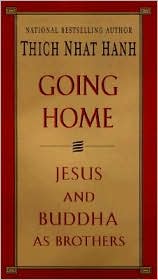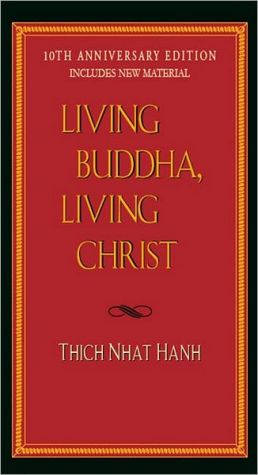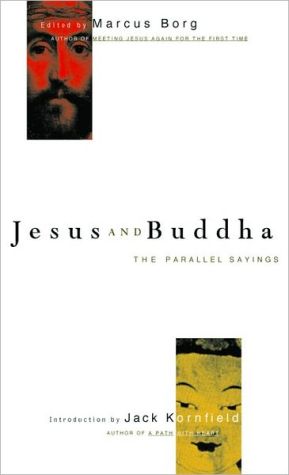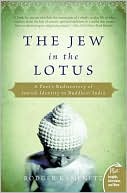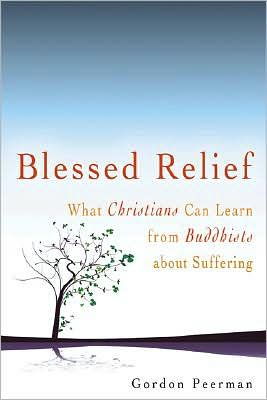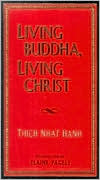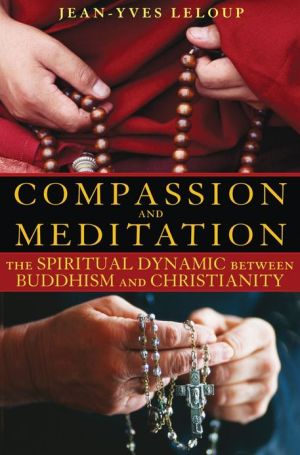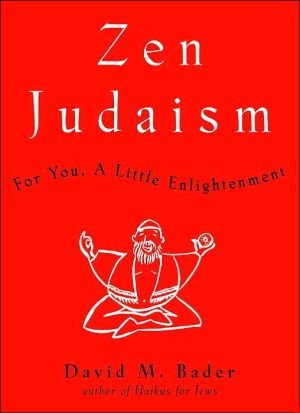Going Home: Jesus and Buddha as Brothers
Exiled from Vietnam over thirty years ago, Thich Nhat Hanh has become known as a healer of the heart, a monk who shows us how the everyday world can both enrich and endanger our spiritual lives. In Going Home he shows us the relationship between Buddha and Jesus by presenting a conversation between the two. In this unique way we learn how such concepts as resurrection and mindfulness converge. The brotherhood between Jesus and Buddha can teach us to "practice in such a way that Buddha is born...
Search in google:
Exiled from Vietnam over thirty years ago, Thich Nhat Hanh has become known as a healer of the heart, a monk who shows us how the everyday world can both enrich and endanger our spiritual lives. In Going Home he shows us the relationship between Buddha and Jesus by presenting a conversation between the two. In this unique way we learn how such concepts as resurrection and mindfulness converge. The brotherhood between Jesus and Buddha can teach us to "practice in such a way that Buddha is born every moment of our daily life, that Jesus Christ is born every moment of our daily life." Publishers Weekly In this short treatise, Vietnamese Buddhist monk Hanh continues the ecumenical dialogue he began in 1995's Living Buddha, Living Christ. The chapters evolved from talks he gave at Plum Village, Hanh's Buddhist retreat center located in the heart of Christian France. In ecumenical fashion, Hanh does not encourage conversion to Buddhism or any other religion but tells followers to bloom where they're planted, cultivating a "mindfulness" in their own religious traditions. Unfortunately, Hanh often seems to imply that for Buddhists and Christians to talk to one another, they must first soft-pedal or ignore those beliefs that make them discrete in the first place. He considers it a waste of time to discuss "whether God is a person or not a person," although the Incarnation question carries profound weight in Christianity; he also asserts that "nothing can come from nothing," although creatio ex nihilo is a fundamental Christian tenet. Buddhism is better understood in these pages, but distinctive Buddhist beliefs can also stand in the way, says Hanh: individuals can become too attached to their own ideas of nirvana, forgetting that "nirvana means extinction of all notions." Despite Hanh's tendency to ignore significant differences between Buddhism and Christianity, his book speaks powerfully about the need for tolerance and love in overcoming those differences. (Sept.) Copyright 1999 Cahners Business Information.
Introduction1The Birth of Understanding12Going Home393Let the Child Be Born to Us664Seeking the Dharma Body, the Body of Truth1095The Meaning of Love1446Jesus and Buddha as Brothers171
\ Publishers Weekly - Publisher's Weekly\ In this short treatise, Vietnamese Buddhist monk Hanh continues the ecumenical dialogue he began in 1995's Living Buddha, Living Christ. The chapters evolved from talks he gave at Plum Village, Hanh's Buddhist retreat center located in the heart of Christian France. In ecumenical fashion, Hanh does not encourage conversion to Buddhism or any other religion but tells followers to bloom where they're planted, cultivating a "mindfulness" in their own religious traditions. Unfortunately, Hanh often seems to imply that for Buddhists and Christians to talk to one another, they must first soft-pedal or ignore those beliefs that make them discrete in the first place. He considers it a waste of time to discuss "whether God is a person or not a person," although the Incarnation question carries profound weight in Christianity; he also asserts that "nothing can come from nothing," although creatio ex nihilo is a fundamental Christian tenet. Buddhism is better understood in these pages, but distinctive Buddhist beliefs can also stand in the way, says Hanh: individuals can become too attached to their own ideas of nirvana, forgetting that "nirvana means extinction of all notions." Despite Hanh's tendency to ignore significant differences between Buddhism and Christianity, his book speaks powerfully about the need for tolerance and love in overcoming those differences. (Sept.) Copyright 1999 Cahners Business Information.\ \ \ \ \ Library JournalThich Nhat Hanh, now in his seventies, became a Buddhist monk in Vietnam at the tender age of 16. His unremitting struggles for peace in that war-ravaged land brought exile but also close relationships with Western Christians, such as Thomas Merton and Martin Luther King Jr., who were also opposed to the war. From these early contacts, Thich Nhat Hanh developed an understanding that both Buddhists and Christians have much to gain from encounters between their two traditions. This beautiful and inspiring gift to all seeking a more meaningful spirituality offers the revered teacher's dharma talks, presented to Christian and Buddhist seekers during the Christmas seasons of 1995, 1996, and 1997. These lessons focus on the difficult but essential tasks of developing both personal and cultural peace while further illuminating those deep intersections between Buddhism and Christianity examined in the author's best-selling Living Buddha, Living Christ (LJ 10/1/95). Essential for collections on popular religion.--James R. Kuhlman, Univ. of North Carolina Lib., Asheville Copyright 1999 Cahners Business Information.\ \ \ Kirkus ReviewsFollowing up on his Living Buddha, Living Christ, Buddhist teacher Thich Nhat Hanh's newest book explores the connections between Buddhism and Christianity. In a series of pithy addresses, the author, a Vietnamese monk, considers, inter alia, the similarities between the Christian practice of baptism and the Buddhist practice of taking refuge. Thich Nhat Hanh captures his assessment of the two traditions' compatibility in a culinary metaphor: a fan of French cuisine can also love Chinese food. To support his conclusion that there is "no conflict at all between the Buddha and the Christ in me," he sometimes describes Christianity in terms that many Christian readers might not recognize, such as when he asserts that "all of us are Jesus." But the author's overarching point stands: in the late 20th century, both Buddhism and Christianity are struggling to maintain meaningful presences in the world. Rather than see each other as antagonists, Buddhists and Christians should learn from each other, and work together in the pursuit of common goals. Sure to appeal to New Age dabblers, but with enough meat to attract serious students as well, this is a valuable addition to the growing literature on these two religious traditions.\ \
